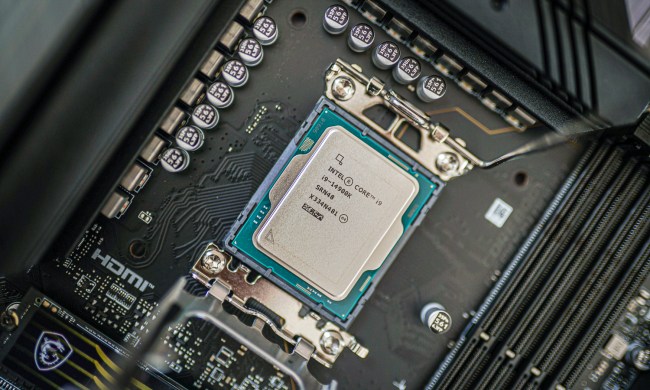Since it opened more than a decade ago, the Svalbard Global Seed Vault on the Norwegian island of Spitsbergen has served as an archive of the world’s plant seeds in the event of a global crisis. Now, North Queensland, Australia, is getting its own version — only this time, it’s about backing up the world’s coral supplies in a giant, ultrasecure above-ground bunker. And in this case, the crisis is already in progress.
“This project will allow us to keep safe 800 species of corals and avoid [their] extinction,” Rafael Contreras, director of Contreras Earl Architecture, the design firm working on the dedicated coral conservation center, told Digital Trends. “The corals are located in a special concrete vault that has been carefully designed in order to be able to face adverse weather conditions and the one-in-500-year flood levels. The primary goal of the building is to keep the corals safe no matter what future event — natural disaster or other — threatens the building. It has been designed to give the corals the best chance of survival.”

The Living Coral Biobank was commissioned by the nonprofit Great Barrier Reef Legacy, a foundation dedicated to preserving the world’s largest coral reef system. Threats to the Great Barrier Reef include rising water temperature, crown-of-thorns starfish outbreaks, pollution-related poor water quality, and more. As a result of this imperfect storm of events, half of the Great Barrier Reef has been bleached to death since 2016.
This bleaching effect is due to the reef’s algae being killed off. The results are like an underwater version of the devastating forest fires that sweep parts of the world with increasing regularity. The Living Coral Biobank is an attempt to back up this coral biodiversity while we still have the chance to do so.

While the most obvious comparison is with the Svalbard Global Seed Vault, this coral-focused biobank is different in more ways than just its content. It boasts a more aesthetically pleasing look, with slab-like concrete fins that, when viewed intheir entirety, gives the building a coral-like appearance. It will also feature various sustainability features, classrooms, exhibition space, and more — alongside the 73,500 square feet of coral archives. It will be located in a more built-up area in Port Douglas, North Queensland. Construction is set to be completed by 2025.
In the meantime, it looks like some of the other high-tech, coral-saving initiatives Digital Trends has covered before will have to do their best to pick up the slack.

